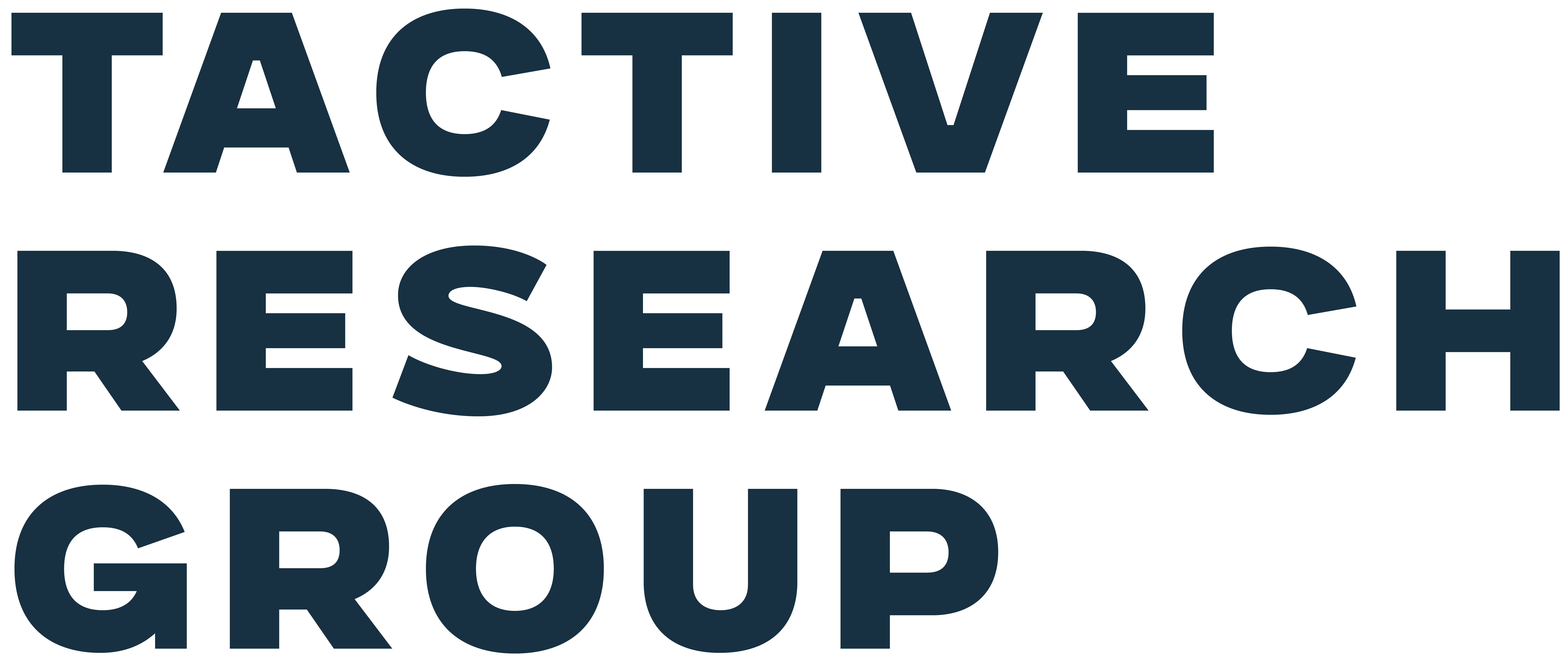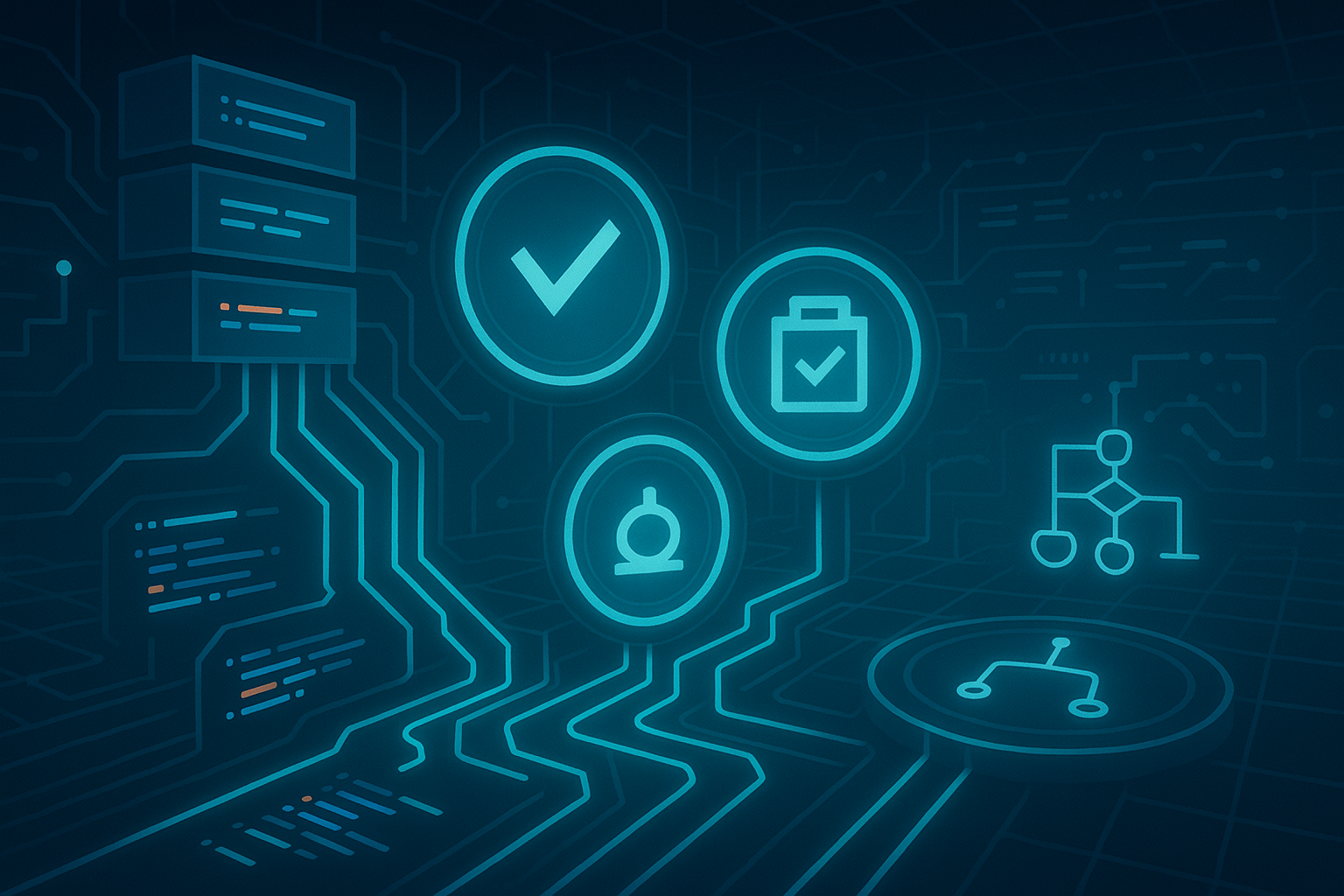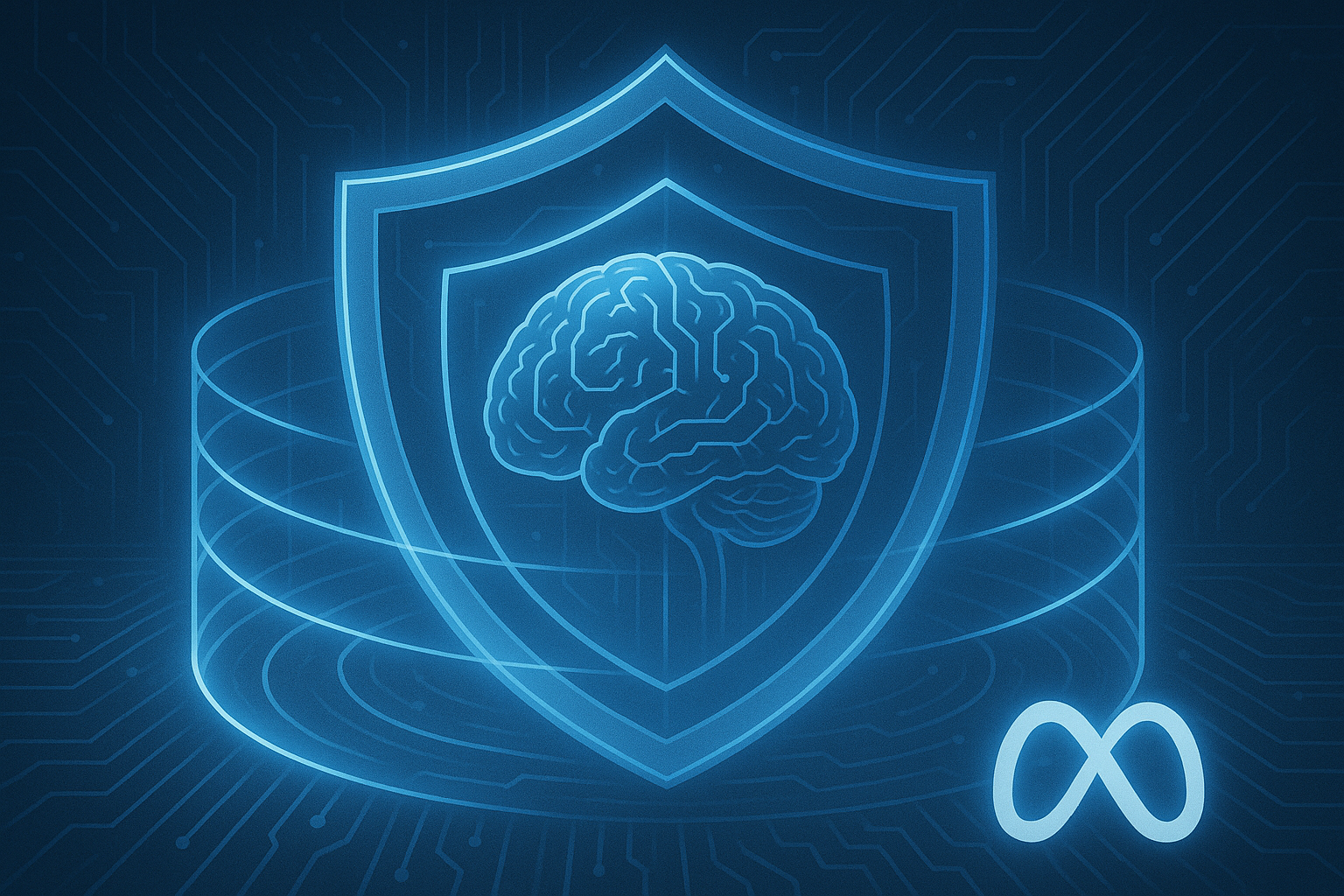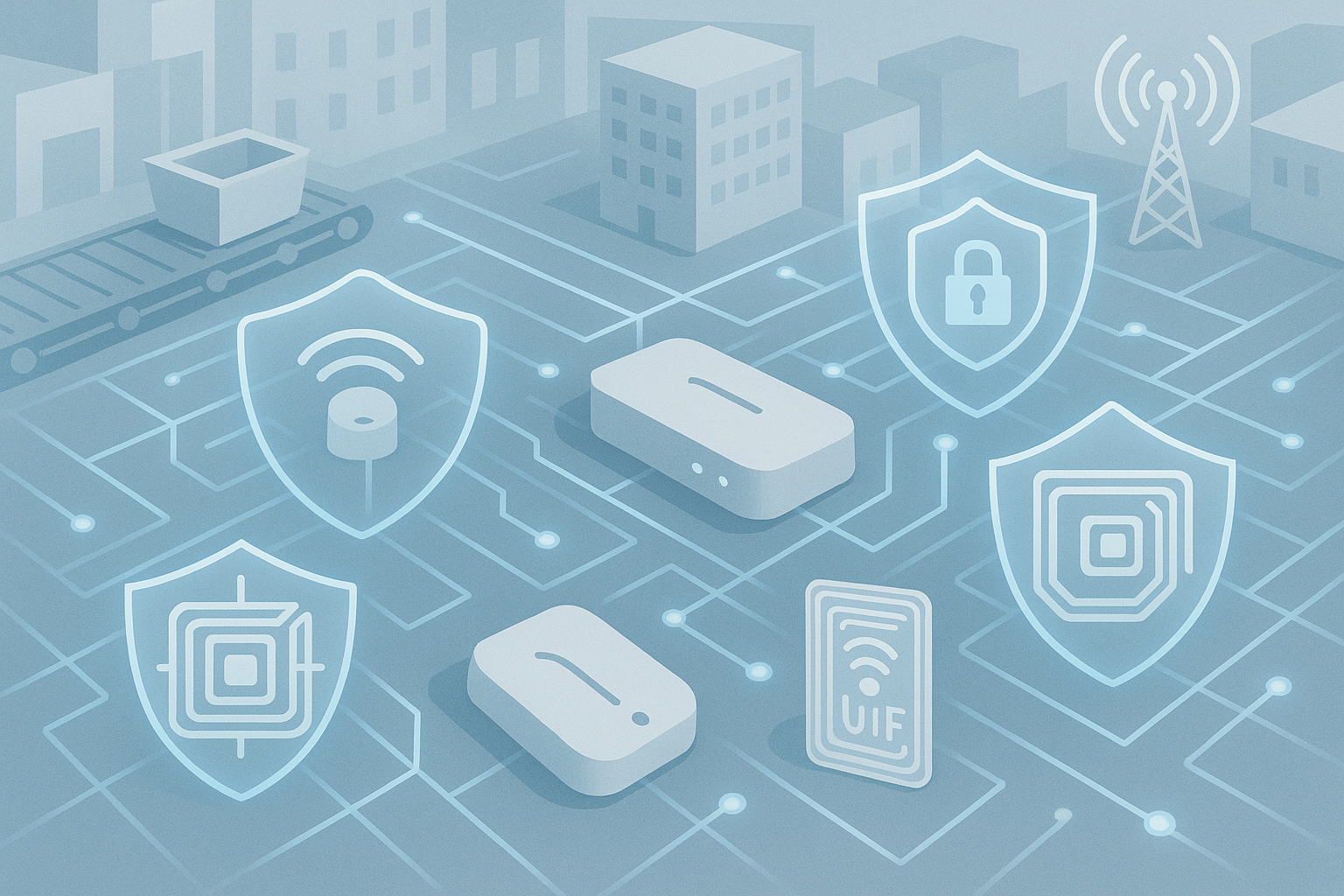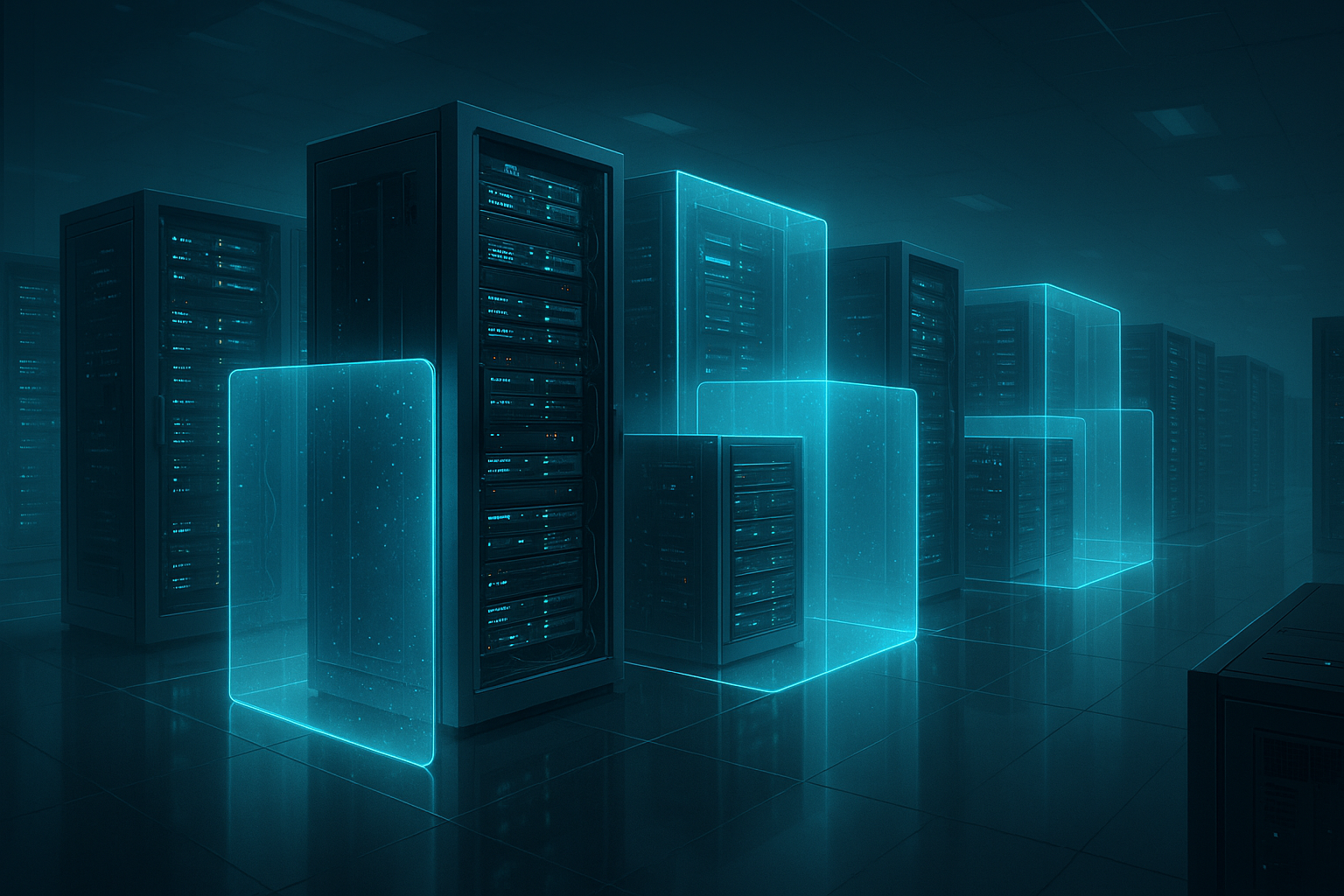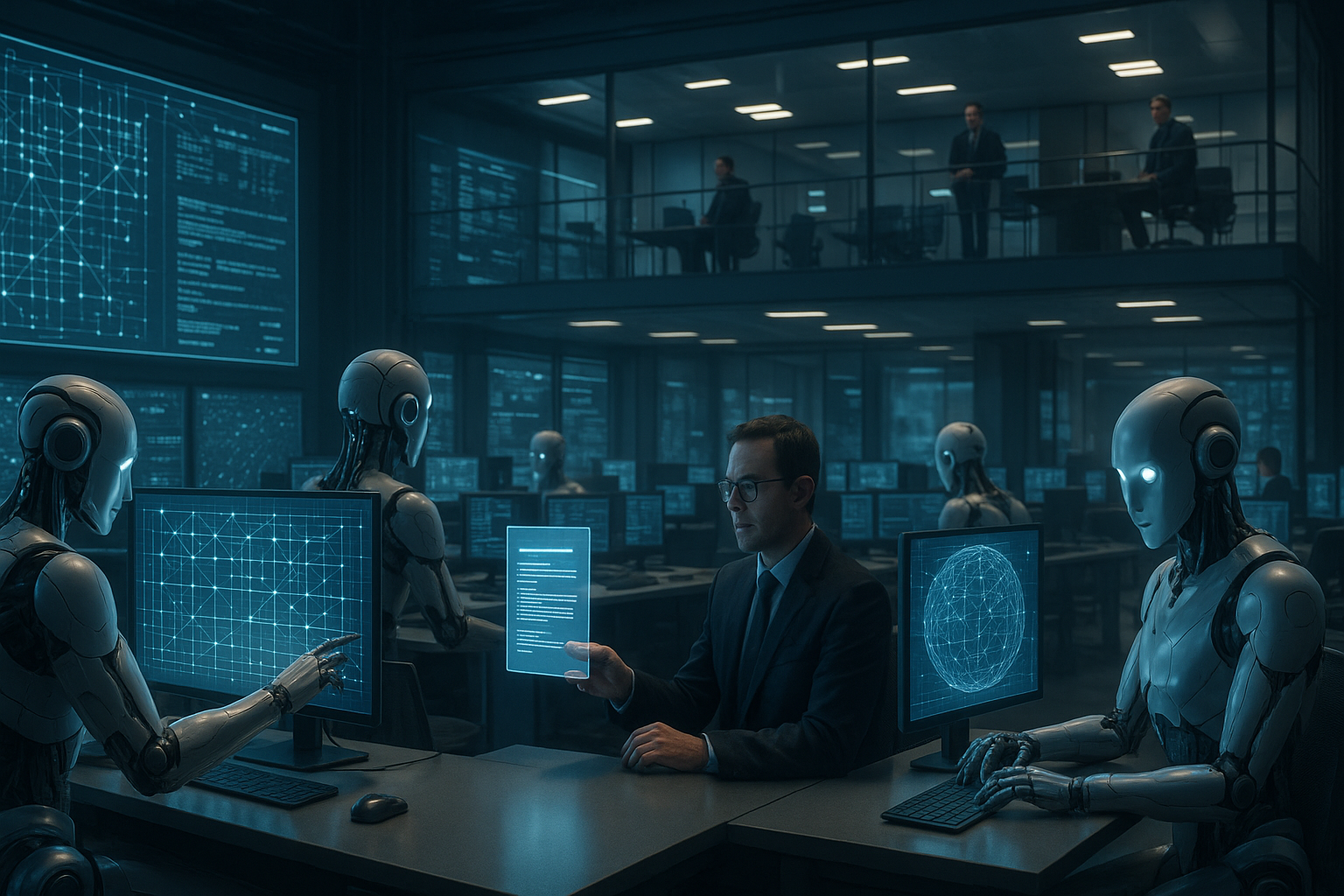
AI Agents in Action: Exploring Continuous Pen-Testing
Pen-testing doesn’t need to be stuck in an annual cycle. CIOs should start exploring continuous, AI-powered penetration testing as a fresh approach to keeping vulnerabilities in check. Treat it as a pilot opportunity to see where automation and intelligence can extend your team.
